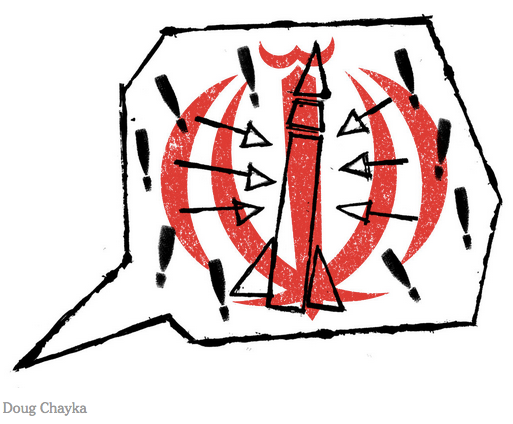These are legitimate concerns. But Iran is not the only nation roiling the region. And unlike his predecessor, Mr. Obama, who argued that Iran, a Shiite Muslim country, and the Sunni Arab states led by Saudi Arabia must find a way to co-exist, Mr. Trump seems to embrace the Saudi view that Iran should be portrayed in the harshest terms possible. For instance, the United States ambassador to the United Nations, Nikki Haley, pushed the Security Council on Thursday to focus on the “illegal and dangerous behavior” by the “chief culprit” of regional turmoil, Iran, and its ally Hezbollah.
For his part, Mr. Tillerson, in talking to reporters, compared Iran to North Korea, which unlike Iran has produced nuclear weapons, and said that its “provocative actions threaten the United States, the region and the world” and that the administration “has no intention of passing the buck to a future administration.”
Where exactly is Mr. Trump going with this? His comments echo statements used by past presidents when they tried to build a case for military action, as, for instance, against Iraq. This is not the time for such action. Mr. Trump would better serve himself and global stability by developing a strategy that seeks to counter Iran’s destabilizing behavior, but also seeks cooperation where possible.
For that, the administration will have to regularly converse with the Iranian government, something that appears not to have happened, even to try to win the release of the businessman Siamak Namazi, and his father, Baquer Namazi, two Iranian-Americans who were sentenced to 10 years in prison by Iran on trumped-up spying charges. To get them out, reduce regional tensions and keep the nuclear deal on track, working with the Iranians is a much more logical choice than bullying them.




